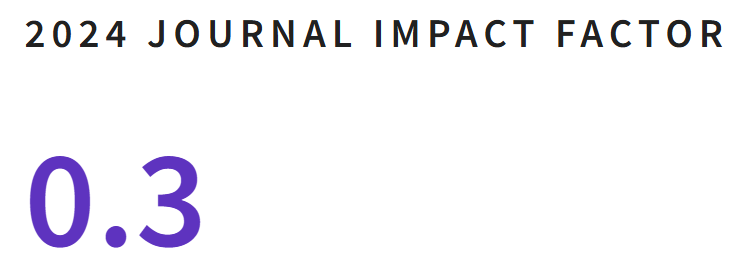Statistical assessment of project economic priority in company's investment management
DOI:
https://doi.org/10.35588/gpt.v14i42.5284Keywords:
investment project, Fisher's point, investment management, taxonomic analysis; investment assessmentAbstract
The issues of formation and management of the company's investment portfolio in the conditions of the global deficit of financial resources caused by the COVID-19 pandemic are discussed. Symptoms-factors influencing the level of priority of investment projects, which is considered as a latent, hidden feature, are determined. The possibility of estimating this latent feature with the help of multidimensional statistical methods and models, in particular, on the basis of taxonomy methods, principal components method is substantiated. Concrete examples of application of these specified tools in the course of investment management of the Ukrainian company PJSC "Yantar" are given. It is proved that the simultaneous implementation of both studied investment projects of the company, i.e. the whole analyzed portfolio of real investments is optimal from the standpoint of the set conditions. If the company's financial conditions are such that only the sequential implementation of the planned actions is possible, then first it is necessary to implement an investment related to the improvement of the line for packaging finished products, and only then – a project to replace obsolete equipment in production.
Downloads
References
Andryeyeva, N., & Tiutiunnyk, H. (2020). Assessment of Innovation and Investment Potentials As a Strategic Basis for Identification of Smart Specialization of Regions of Ukraine. Economics Ecology Socium, 4 (3), 24-41. https://doi.org/10.31520/2616-7107/2020.4.3-3
Behrens, W., & Hawranek, P. M. (1978). Manual for the preparation of industrial feasibility studies. Published by Vienna: UNIDO – United Nations Industrial Development Organization.
European Commission (2014). Guide to Cost-Benefit Analysis of Investment Projects Economic appraisal tool for Cohesion Policy 2014-2020 European Commission Directorate-General for Regional and Urban policy. https://ec.europa.eu/inea/sites/default/files/cba_guide_cohesion_policy.pdf
Hajek, P., & Henriques, R. (2017). Modelling innovation performance of European regions using multi-output neural networks. PloS one, 12(10), e0185755.
Koval, V., Prymush, Y., & Popova, V. (2017). The influence of the enterprise life cycle on the efficiency of investment. Baltic Journal of Economic Studies, 3(5), 183–187. https://doi.org/10.30525/2256-0742/2017-3-5-183-187
Nadtoka, T. B., & Vinogradov, A. G. (2014). Mnogomernoye otsenivaniye urovnya sotsial'no-ekonomicheskogo razvitiya predpriyatiya. Bíznes Ínform, 1, 184-191. (in Ukraine).
Plyuta, V. (1989). Sravnitel'nyy mnogomernyy analiz v ekonometricheskom modelirovanii. M.: Finansy i statistika (in Russia).
Shkolnyk, I., & Koilo, V. (2018). The relationship between external debt and economic growth: empirical evidence from Ukraine and other emerging economies. Investment Management and Financial Innovations. 15(1), 387–400. https://doi.org/10.21511/imfi.15(1).2018.32
Shvetsova, O. A., Rodionova, E. A., & Epstein, M. Z. (2018). Evaluation of investment projects under uncertainty: multi-criteria approach using interval data. Entrepreneurship and Sustainability Issues, 5(4), 914-928. https://doi.org/10.9770/jesi.2018.5.
State Agency of Ukraine for Investment and Development (2010). Methodical recommendations on development of business plans of investment projects, 73, v0073537-10. https://zakon.rada.gov.ua/rada/show/v0073537-10#Text.
Yankoviy, O. G. (2015). Latentní oznaki v yekonomítsí : monografíya. Odesa, Atlant.
Yankoviy, A. G. (2001). Mnogomernyy analiz v sisteme STATISTICA. Odessa, Optimum (in Ukraine).
Yankoviy, O. H., Melnyk, N. V., & Yankoviy, V. O. (2015). Do problemy vyznachennya priorytetnosti investytsiynykh proektiv promyslovoho pidpryyemstva. Ekonomika kharchovoyi promyslovosti, 1(25), 71-76. (in Ukraine).
Yankovyi, O., Koval, V., Trokhymets, O., Karpenko, M., & Matskevich, Y. (2020). Economic assessment of investment on the basis of production functions. Turismo: Estudos & Práticas (UERN), Mossoró/RN, Caderno Suplementar 02, 1-11. http://natal.uern.br/periodicos/index.php/RTEP/article/view/1310/1250.











